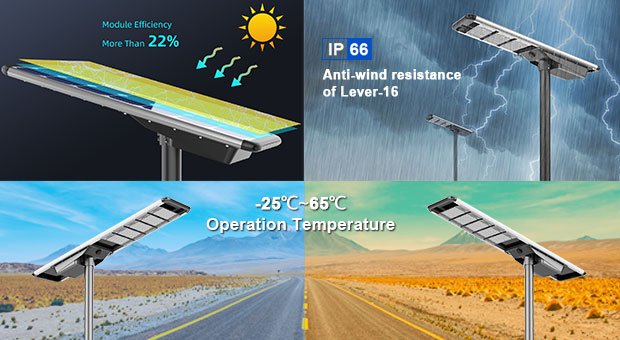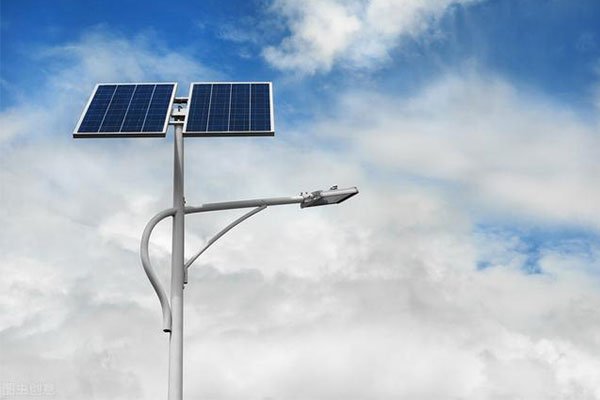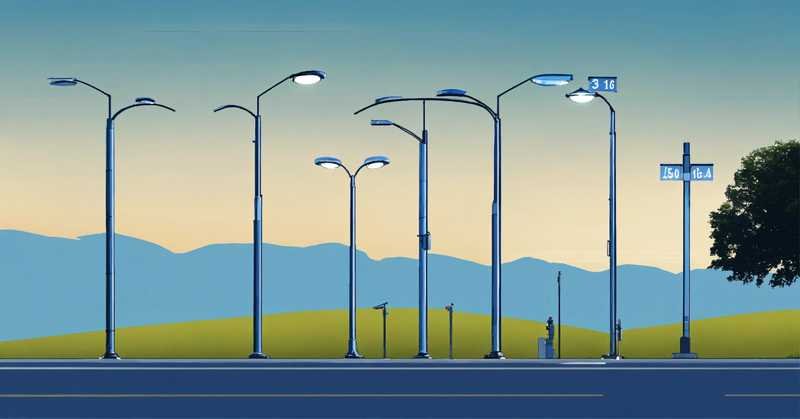In many developing countries, darkness is not just the absence of light; it means halted economic activities, increased security risks, and limited social progress. Traditional street lights rely on power grids, but in nations with unstable electricity, maintaining a widespread public lighting system is costly and often unfeasible.
Solar street lights provide a self-sufficient and independent solution. They generate electricity directly from sunlight, powering LED lamps without depending on the national grid. This not only reduces long-term electricity expenses but also ensures reliable illumination in areas plagued by power shortages.
Governments, municipalities, and private organizations are rapidly adopting solar street lighting, not just to cut costs but also to enhance public safety, support nighttime commerce, and facilitate community development.
Cost Efficiency: How Do Solar Street Lights Save Money?
Many wonder: if solar street lights have higher upfront costs, are they really worth it?
The answer is a resounding yes. Over time, solar street lights provide significant financial benefits compared to traditional lighting solutions.
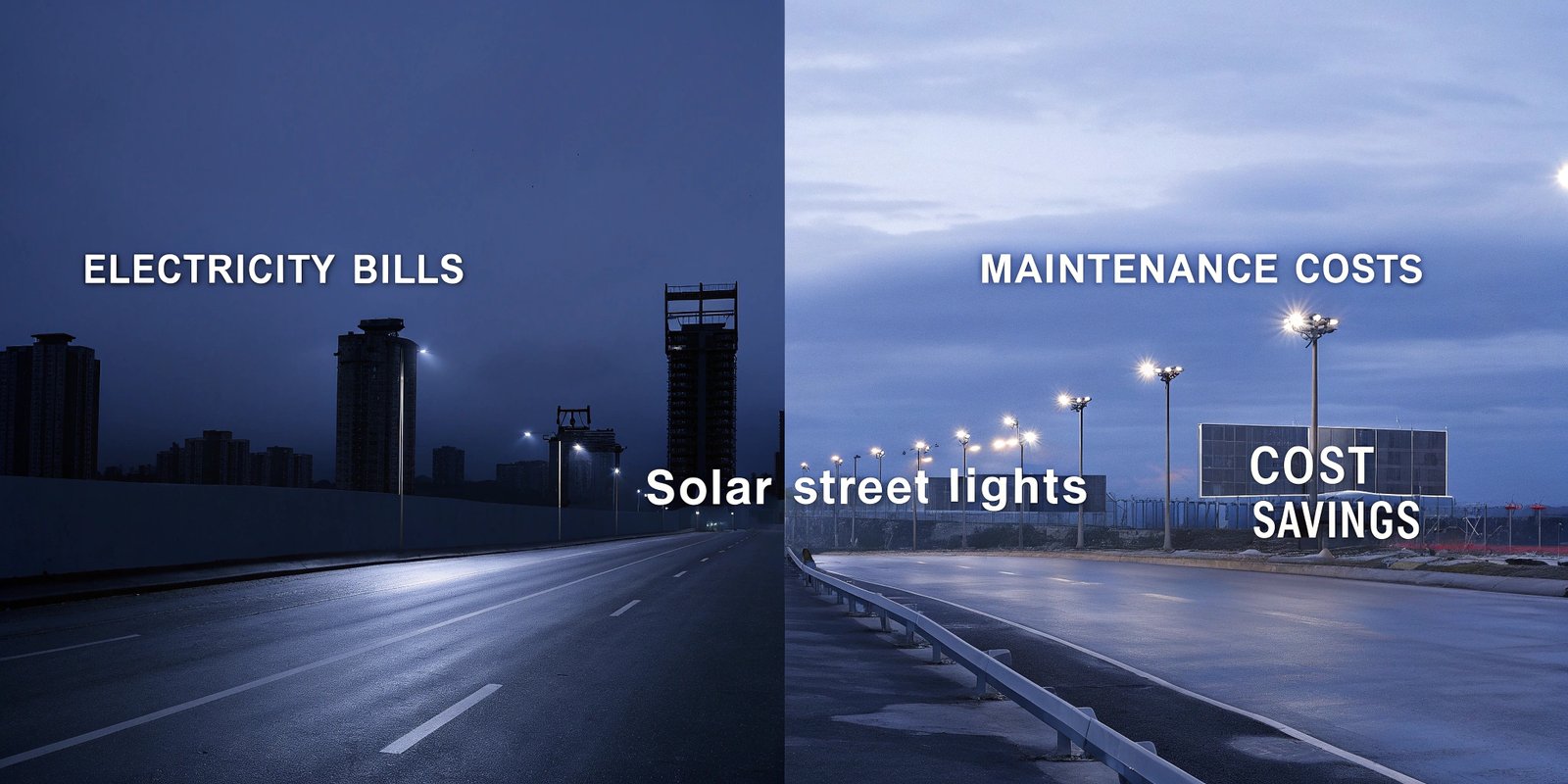
Traditional vs. Solar Street Lights: Cost Comparison
| Cost Factor | Traditional Street Lights | Solar Street Lights |
|---|---|---|
| Initial Installation | Lower | Higher |
| Electricity Bills | High (continuous cost) | None (solar energy is free) |
| Maintenance | Expensive (wiring, bulb replacement) | Minimal (battery replacement) |
| Long-term Savings | None | Significant |
Governments and businesses are turning to solar lighting not because it's cheaper upfront, but because it's smarter and more sustainable.
- No electricity bills – Solar street lights run on free solar energy, eliminating dependency on fluctuating energy costs.
- Low maintenance – Modern LED and battery technologies require minimal upkeep, saving money over time.
- Ideal for off-grid locations – Rural and remote communities can benefit from reliable lighting without costly infrastructure development.
Kenya’s large-scale solar street lighting initiative is a prime example—reducing public electricity expenses while stimulating local commerce and increasing safety at night.
Environmental and Sustainability Benefits

How Do Solar Street Lights Contribute to Green Development?
Adopting solar street lights means reducing carbon emissions, improving air quality, and conserving natural resources. For nations dependent on coal and diesel-generated electricity, this is crucial.
🌍 Lower Carbon Footprint – Unlike fossil fuel-based energy sources, solar power produces zero emissions.
🌍 Reduced Air Pollution – Unlike diesel-powered street lights, solar lighting does not release toxic fumes or pollutants.
🌍 Supports Renewable Energy Expansion – The demand for solar lighting drives further investment in clean energy, creating green jobs and reducing reliance on non-renewable sources.
Many global organizations provide funding and incentives for solar projects, recognizing their role in the global fight against climate change.
Easy Installation & Low Maintenance: A Practical Choice
Infrastructure limitations remain one of the biggest hurdles for developing nations. Traditional street lights require extensive wiring, electrical grids, and ongoing maintenance—challenges that many regions cannot afford to tackle.
Solar street lights, however, operate independently, making them the perfect solution for rural villages, small towns, and underserved urban communities.

Three Key Advantages of Solar Street Lights
✅ No Grid Dependency – Perfect for off-grid or energy-deficient regions, such as parts of sub-Saharan Africa and Southeast Asia.
✅ Quick and Simple Installation – No need for trenching or complex electrical infrastructure, reducing labor and material costs.
✅ Minimal Maintenance – Modern solar street lights use durable LED technology and long-lasting lithium batteries, reducing the need for frequent repairs.
In Nigeria, solar street lighting is already making a difference in rural areas, providing sustainable nighttime illumination where traditional lighting systems have failed due to infrastructure challenges.
Challenges in Deploying Solar Street Lights
High Initial Investment Costs
Despite long-term savings, the upfront costs of solar street lights can be a financial burden for some regions. Government subsidies, international aid, and private investments are crucial for bridging this gap.

Potential funding solutions include:
- Public-Private Partnerships (PPP) – Shared investments between governments and private companies.
- International Grants & Aid – Funding from global organizations such as the UN, World Bank, and NGOs.
- Microfinancing & Leasing Models – Allowing municipalities to pay for solar street lighting in installments.
Awareness and Technical Knowledge
Many communities are skeptical about the efficiency and durability of solar street lights. Public education and awareness campaigns are essential to building trust in renewable energy solutions.
To ensure long-term success, governments and organizations must invest in technical training programs so that local technicians can install and maintain solar lighting systems, reducing reliance on foreign expertise while creating local jobs.
Future Trends and Opportunities
As technology advances, solar street lighting is evolving to be smarter, more efficient, and more cost-effective.
Emerging Technologies in Solar Lighting
💡 Smart Solar Street Lights – Equipped with motion sensors, remote monitoring, and adaptive brightness settings.
🔋 Improved Battery Storage – Next-generation lithium batteries offer extended lifespan and enhanced energy storage capabilities.
🌎 Integrated Smart City Solutions – Solar street lights are now being integrated with Wi-Fi hotspots, surveillance cameras, and environmental sensors to support urban development initiatives.
Case Studies: Success Stories from Developing Nations
📌 Kenya’s Solar Street Lighting Project – Increased security and economic activity in previously dark areas.
📌 India’s Rural Electrification Program – Thousands of off-grid villages now illuminated with solar-powered street lights.
📌 Nigeria’s Public-Private Partnerships – Attracting investors to expand solar lighting infrastructure.
Conclusion
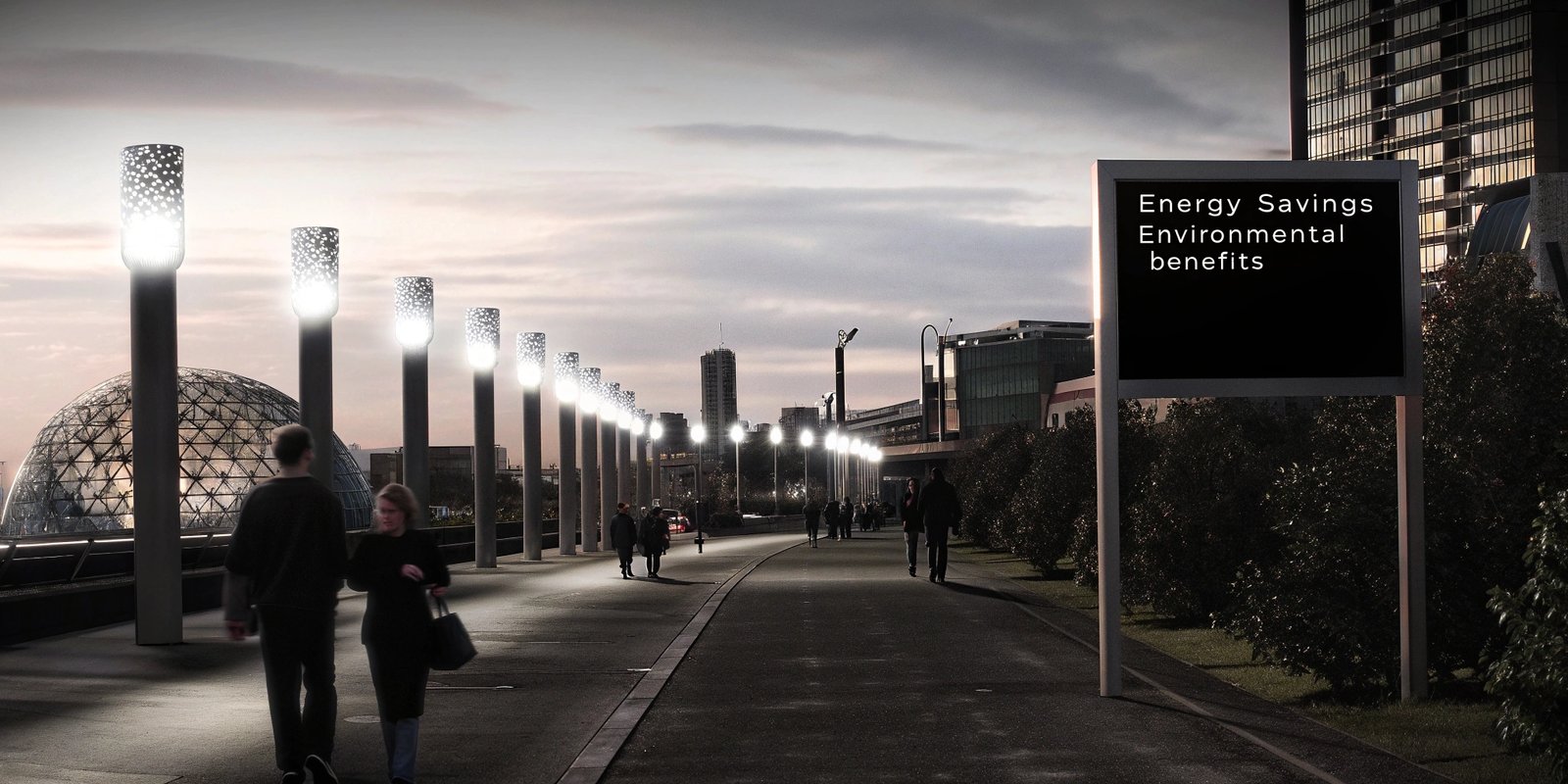
Solar street lights offer a cost-effective, sustainable, and scalable solution for developing nations struggling with electricity access. They provide long-term financial savings, environmental benefits, and ease of installation. However, challenges such as high initial costs and limited awareness must be addressed.
By fostering collaboration between governments, NGOs, and private sector stakeholders, developing nations can accelerate the adoption of solar street lighting, ensuring safer, greener, and more energy-independent communities.
The future is bright—powered by the sun.



